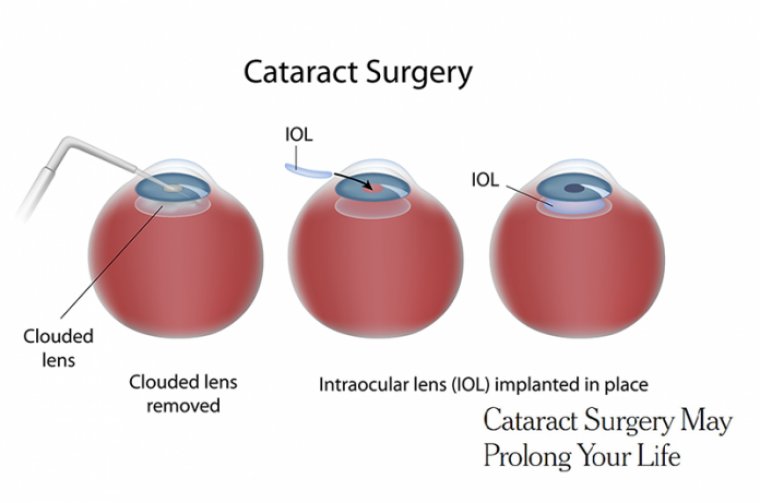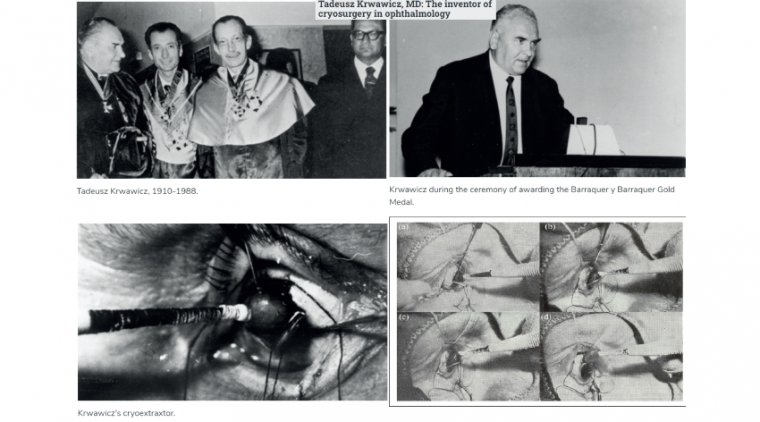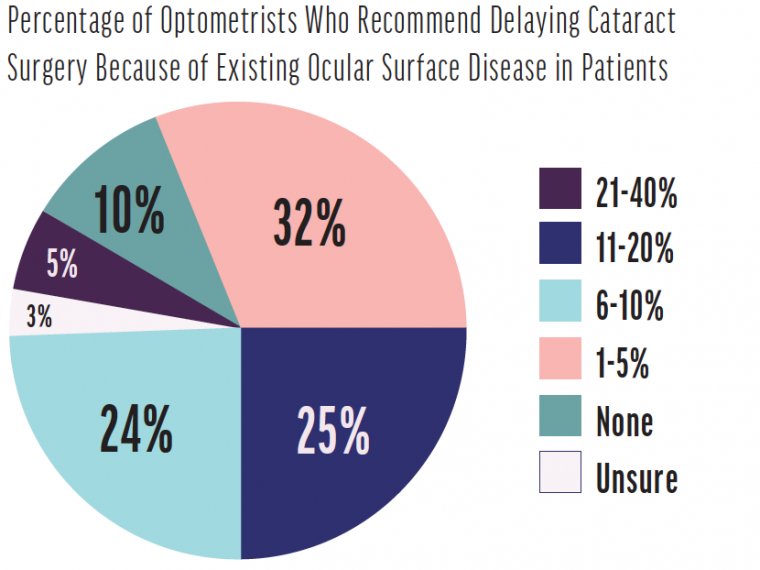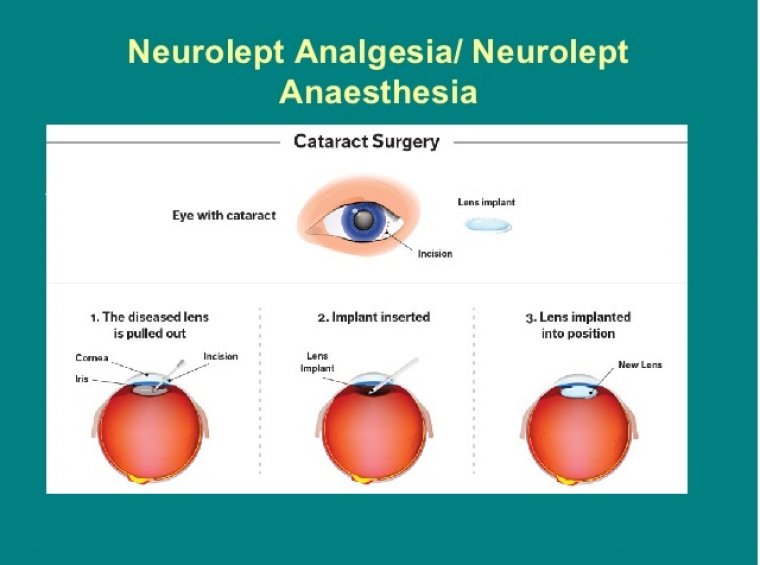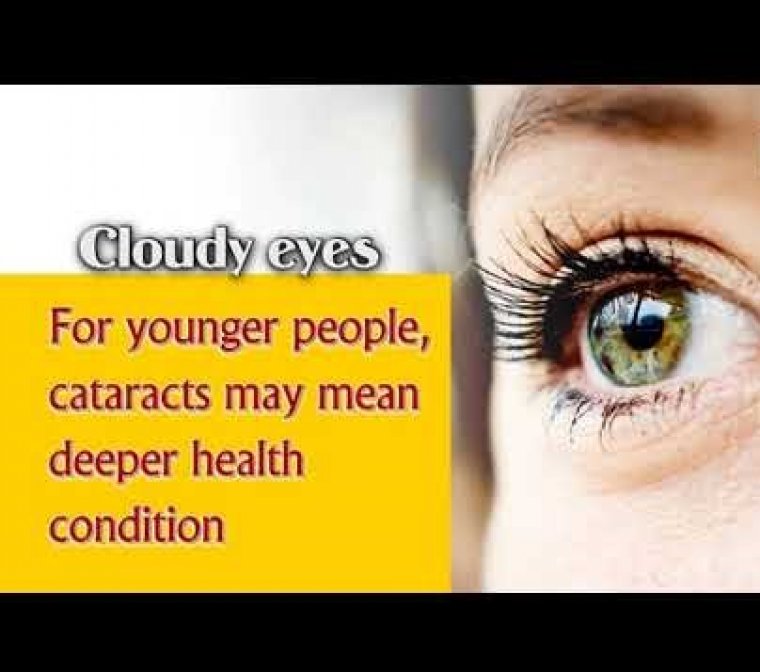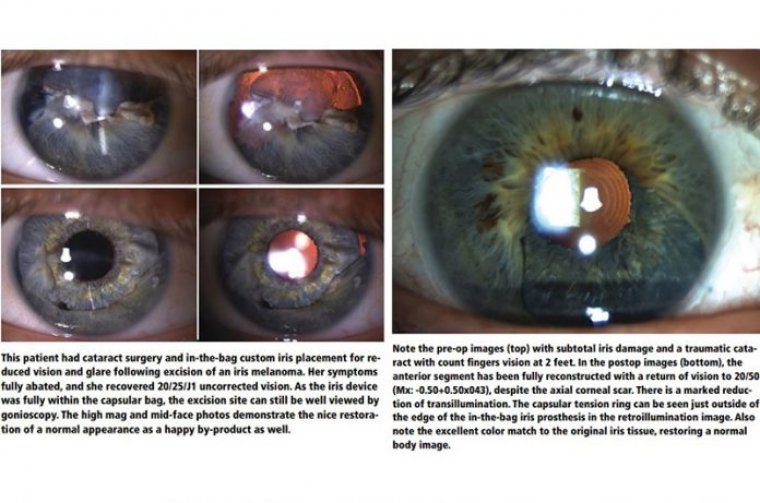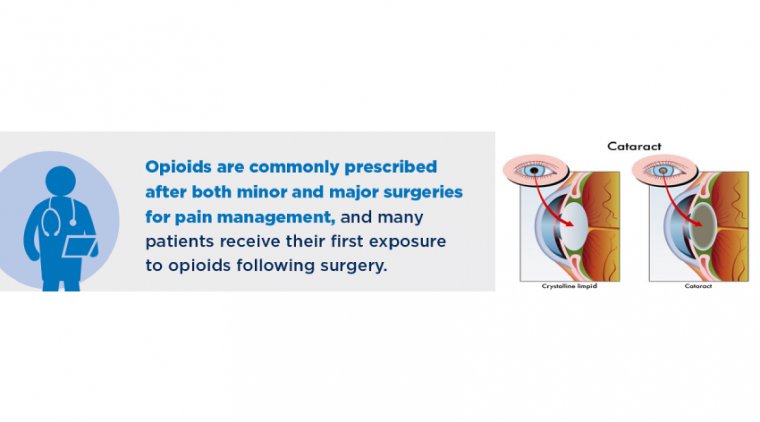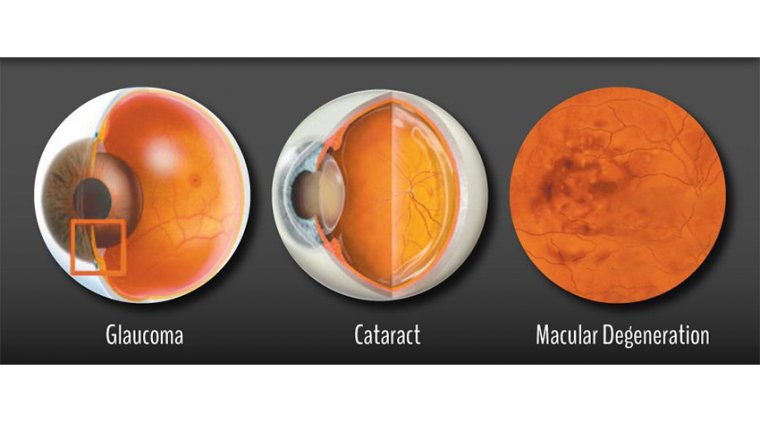
What’s Hot In Social Media & Ophthalmology
Scientists in Paris have used optogenetics to partially restore sight in a blind man’s eye who was diagnosed with retinitis pigmentosa 40 years ago. Optogenetics is the use of light to stimulate neurones which have been genetically modified to express light-sensitive ion channels.
The branch of science, relatively new to medicine, used channel rhodopsins (photosensitive proteins) derived from algae DNA, which were injected into the surviving retinal layers.
When exposed to light, these proteins would move towards it and, in turn, cause electrical impulses to be sent to the brain. Although it took months for rhodopsin levels to build up to high enough concentrations in the retina to allow the man to see at all, he is now able to see, pick up and even count objects.
Although this has only been shown to be of benefit to one man, this breakthrough proves that the concept of optogenetics can partially restore vision in certain conditions. Further research in this exciting technology should widen its applications in future.
Revolutionary gene therapy, funded for the first time by the NHS, has helped return sight to a man whose sight had been deteriorating since birth.
The rare inherited condition Leber congenital amaurosis causes damage to the retina, preventing visual phototransduction and the subsequent passing of signals to the brain.
The treatment works by injecting working copies of the faulty gene, RPE65, into the retina. Once inside cell nuclei, the cell starts producing the correct RPE65 protein, necessary for healthy vision.
The patient has had significant benefits from the treatment which has not only stopped further progression of his visual loss, but has reversed some of the effects of the condition. He is now more independent and able to see people’s faces and follow sport on television again.
Although the treatment, called voretigene neparvovec-rzyl (Luxturna), is expensive (costing around £600,000 per person to treat both eyes), the NHS has agreed on a confidential discount with the manufacturer.
There are around 100 people in the UK who are eligible for this treatment and the hope is that the therapy could be used to treat similar conditions, paving the way for even more people to benefit.
The COVID-19 pandemic has caused a huge amount of suffering, sadness and disruption to the majority of people worldwide.
Healthcare within the UK has been massively affected, with thousands of elective procedures and operations being postponed as hospitals try to manage the unpredictability of the virus.
The Royal College of Surgeons has highlighted the need for around 40 centres to be set-up nationwide for non-emergency surgery.
This would allow for resources to be concentrated to provide a more efficient service to patients to clear the backlog sooner and improve patients’ recovery times. Prior to the pandemic there were 1600 people waiting more than a year for operations but this figure now stands at 436,000.
Although it might mean patients having to travel further for their procedures, the improved efficiency and potential for better recoveries could well justify this, especially as the NHS must now change the way it works to counter the highly damaging effects of COVID-19 on the service.
The Indian States of Tamil Nadu, Rajasthan, Gujarat, Odisha and Telangana are fighting an epidemic of mucormycosis, linked to weakened immune systems as a result of treating COVID-19 patients with high dose steroids.
The ‘black fungus’ has caused over 7000 confirmed cases and 200 deaths in this epidemic.
Mucormycetes, commonly found in soil, are inhaled and do not cause healthy humans any problems.
However, with a suppressed immune system or with poorly controlled diabetes, the body can struggle to fight off the fungus. It can then spread from the nose and, if it reaches the brain, can be deadly.
Anti-fungal medication can be used but surgery is almost always required to remove necrotic tissue from the eye, orbit or jaw if the fungus manages to establish itself there.
The epidemic has led to shortages of anti-fungal medications in many regions, to add to well publicised issues that the country is facing from the COVID-19 Delta strain.
A photograph, taken by Canadian photographer Thomas Vijayan, showing a bird’s-eye-view of an orangutan climbing a tree with the sky’s reflection in the water below has won the Nature TTL Photographer of the Year award.
The image, titled ‘The World Is Going Upside Down’ creates an optical illusion due to a pristine image of the reflected sky. It appears that the photograph is taken from the ground, looking up, as the primate is descending the tree, facing downwards.
In fact, the camera is at the top of the tree, looking down and the orangutan looking skyward. Not only is it a stunning and creative photograph showing the beauty of nature, it is being used to highlight the plight of this wonderful animal.

